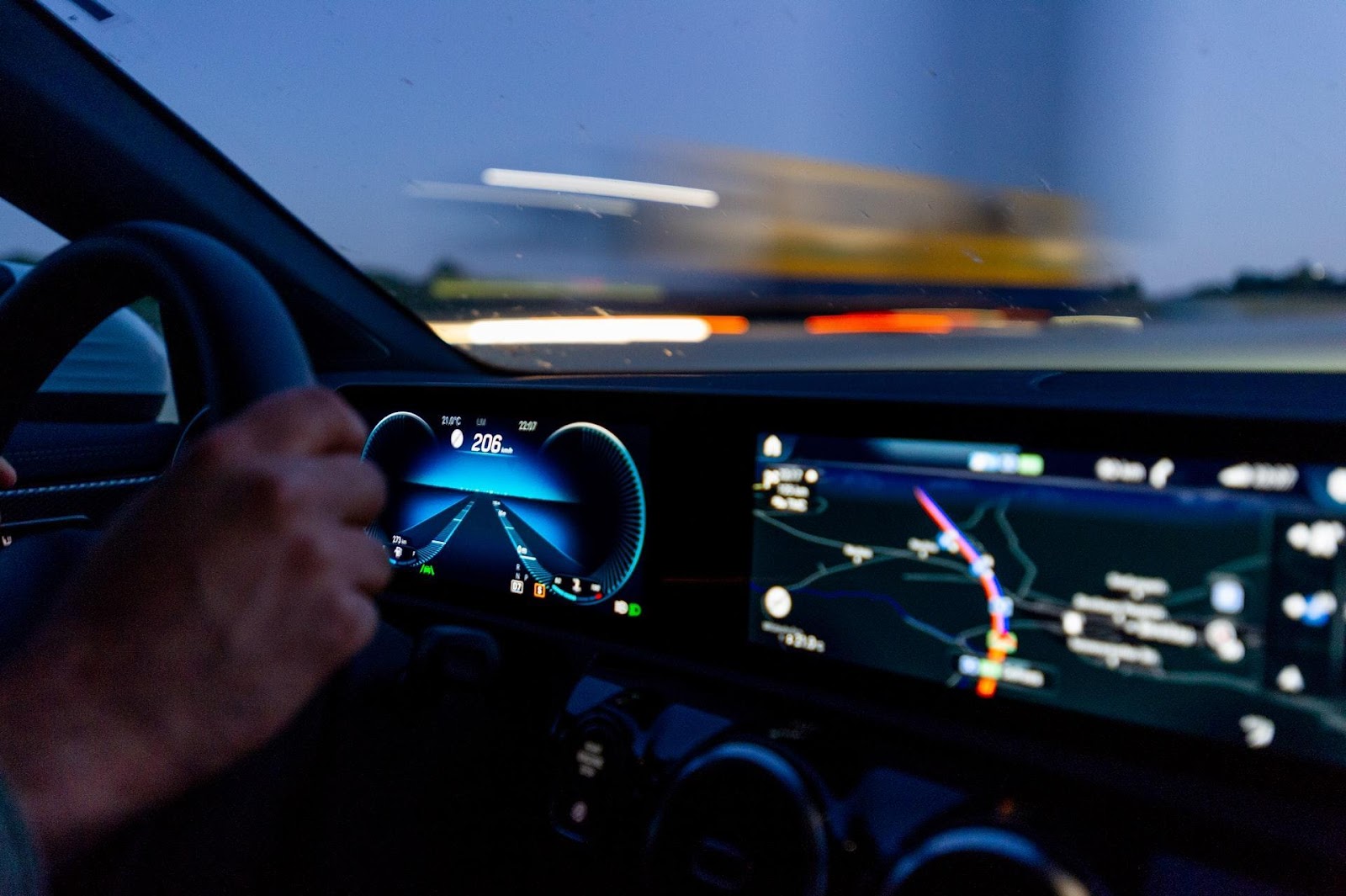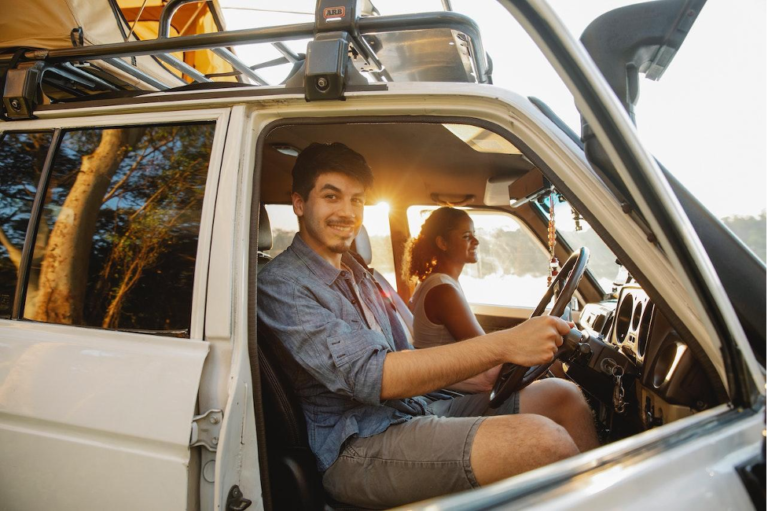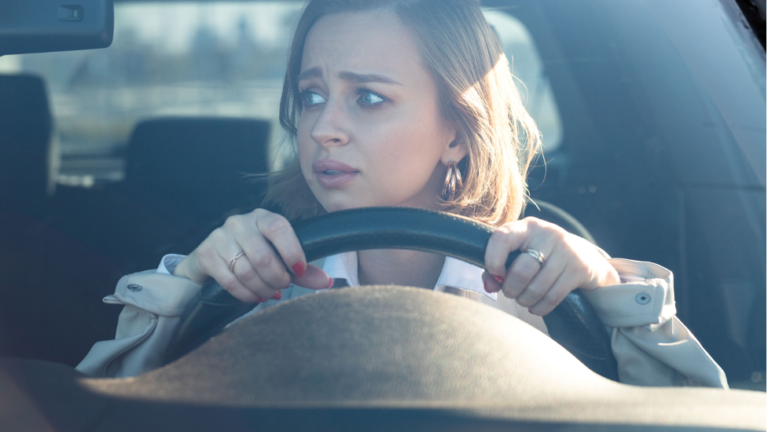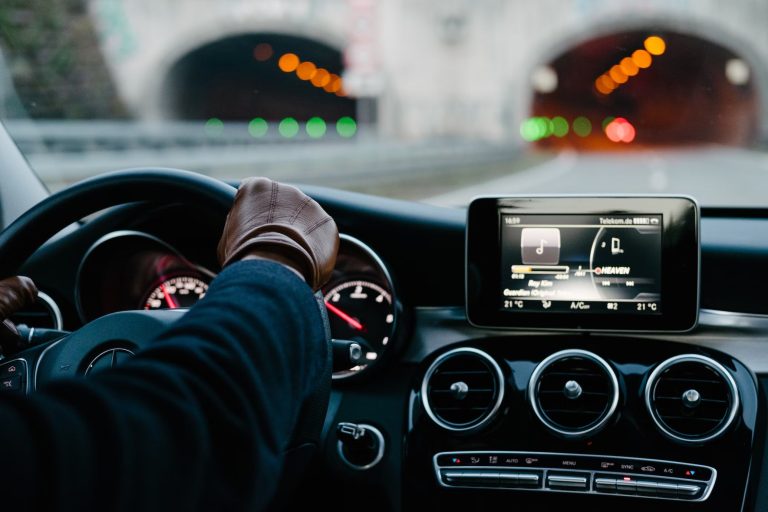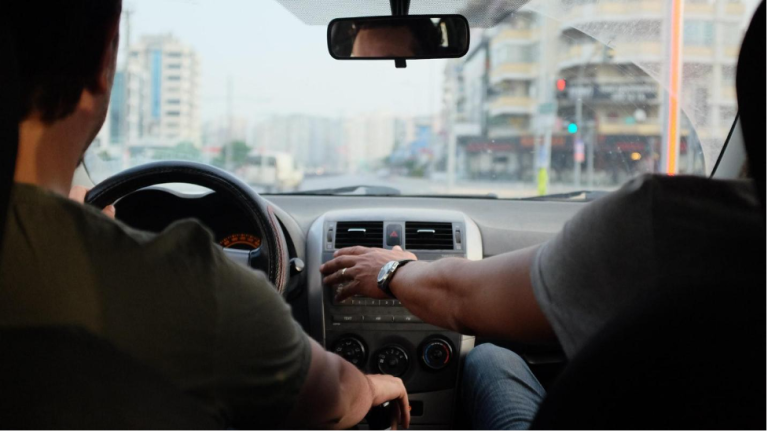Risky Driving Among Australian Teens
Australia’s highway toll is decreasing. Unfortunately, the bad news is that more and more young drivers continue to engage in risky driving behaviours – and develop poor habits – at the outset of their driving careers.
“When driving without a seat belt, teenage drivers run the danger of being harmed in an accident. Many teen drivers fail to remember to wear a seatbelt on every drive, indicating that these are potentially hazardous habits,” says novated car lease provider Noah Tran of Novalease.
According to the Growing Up In Australia Longitudinal Study of Australian Children:
- Roughly 80%of P-platers and 55% of new drivers aged 16 to 17 had driven recklessly at least one out of their ten trips.
- Of those without a license or permission, 1 out of every 10 teenage drivers admitted taking unnecessary risks behind the wheel or on a motorcycle.
- 1 out of 5 adolescent drivers (or riders on motorcycles) forget to wear seat belts at least once each trip.
- Researchers found no difference in the usage of seatbelts and helmets between new and experienced drivers.
- In the previous year, almost 4% of teenagers admitted driving while under the influence of drugs or alcohol.
- In the previous year, 1 out of every 10 teenagers was a passenger of a drunk driver.
- Teenagers who use drugs or consume alcohol are prone to engage in high-risk driving behaviours.
Given these findings, one can conclude that other drivers’ actions are beyond your control. However, maintaining your defensive driving abilities may help you stay safe on the road by protecting you from other drivers’ careless behaviour.
You may minimise your danger behind the wheel by following these safe defensive driving guidelines:
Prioritise Safety
If you avoid violent and distracted driving behaviours, you’ll be able to cope with other people’s risky driving. Make sure there’s enough room between you and the vehicle ahead of you. Wear seatbelts and lock your doors whenever you drive to avoid being ejected from the car in the event of a collision.
Make Your Way and Don’t Rely On Other Drivers
Think about other people, but don’t forget about yourself. It would be best to not rely on another motorist to swerve out of the way or enable you to join into their lane while merging. Expect cars to blow past red lights or stop lights and be ready to respond. Prepare for the worst-case situation by planning your actions ahead of time.
Be Mindful of Your Surroundings
Pay attention to what’s happening around you. Regularly check your mirrors and assess the circumstances 20 to 30 seconds ahead. Keep your focus on the task at hand by keeping your eyes moving across the scene. To prevent being hit by a car that is travelling aggressively, slow things down or pull over. If the motorist is driving in such a risky manner that you are concerned, turn right or take the very next exit if it is possible. Also, be on the lookout for bikers, pedestrians, and pets as you go.
Stick to The 3-To-4-Second Rule
You should maintain a safe following distance at all times since the most significant risk of a collision is directly in front of you. Following the 3- to 4-second rule will give you enough time to use the brakes safely if an accident occurs. This guideline, however, is only effective in regular traffic and excellent weather. Add one second to your trailing distance if you’re driving in inclement weather or when it’s dark, or you’re following a big vehicle or motorbike.
Limit Your Speed
Set speed limits are intended to be followed in the best-case scenario. It’s your job to make sure your speed is appropriate for the road conditions you’re driving through. Furthermore, greater speeds make it increasingly challenging to manage your car if anything goes wrong. It would be best if you kept your speed under control to have control of your car.
Make Sure You Have A Backup Plan
Positioning your car where you have the greatest possibility of seeing and being seen is the best approach to avoid possible hazards in all driving scenarios. It’s also essential to have a backup plan in case your primary route is unexpectedly obstructed. Always give yourself an out – a spot where you can move your car if your primary path is blocked.
Separate the Risks
Managing several risks at once is the best strategy when confronted with a number of them simultaneously. By avoiding many risks, you’ll be able to focus on the most important ones to you.
Remove Any Potential Distractions
Distractions include anything that takes your focus off of driving. It’s important to remember that driving requires your complete concentration, so don’t lose it!
Safe and Defensive Driving Lessons Are Taught Best At AWDT!
Contact Adelaide West Driver Training in South Australia if you’re interested in taking a defensive driving course to improve your driving abilities. These courses are well worth it if you want to be a better, safer driver.

